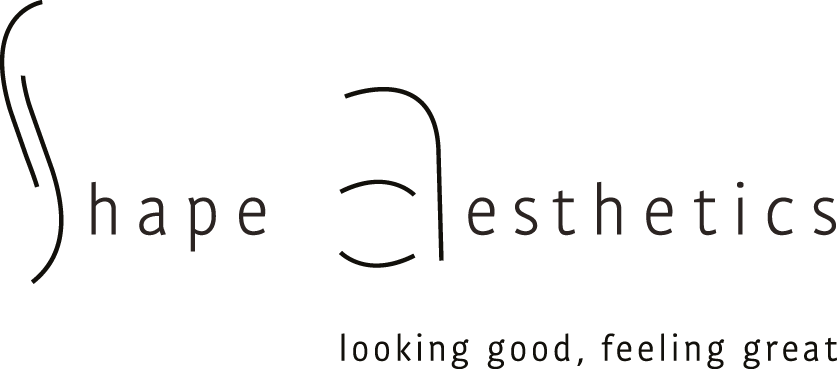
Age spots, there is certainly something to do about it!
With age spots (lentigo solaris) there are sharply delimited smooth light brown spots. The spots are smooth and are not raised. The color can best be compared to the color of latte (cafe-au-lait). The spots are often present on the face and hands. They are often small to tens of millimeters in size. Usually several spots of different sizes are present. It is important to know that age spots are not cancerous.
What is the cause?
Age spots are pigmented due to long-term exposure to sunlight, such as outdoor sportsmen, sailors, regular gardeners, bicycle tours, hikers. As a result, the skin will protect itself by means of extra production of pigment. The chance of these spots increase as people get older, often the first signs can be seen from the age of 30.
Is it contagious?
No, they are not contagious
Self-care advice
- To prevent stains, it is important to protect with a sunscreen daily and to prevent sunburn. More about SPF
- Always consult your doctor or dermatologist if pigmentation spots change in colour, shape and/or complaints.
What can the skin therapist do for you?
- Lasertherapy:The laser is used to remove pigment. This targets the pigment and destroys the pigment. The pigment spot disappears 90% or completely.
- Chemical peel:Exfoliation causes rapid exfoliation of the skin, raising and exfoliating the superficial pigment.
- Aftercare is equally important. If you do not properly protect the skin against the sun after the treatment, there is a good chance that the spots will come back. That’s a shame. We recommend a mineral sunscreen with an SPF30. A mineral sunscreen contains Titanium Dioxide AND Zinc Oxide. This combination provides broad ultraviolet coverage, it works immediately after application and it does not cause a skin reaction. Suitable for people with sensitive skin, children and pregnant women. There are skin care products that can reduce pigment production. Cosmetic ingredients such as: Niacinamide (vitamine B3), retinol, vitamine C, E, Aloe Vera, Kojic Acid, Arbutine, Zoethoutwortel, Resveratrol, Emblica, Hydrochinon, Azelaïnezuur. More about pigment

What can the doctor do for you?
It is important to distinguish between a pigment spot and a birthmark. A pigment spot as described here always has one beautiful light brown color, is often sharply defined and is benign. If different colors are visible in a stain, it is always advisable to have the spot assessed by a doctor. The doctor can use a dermatoscope to properly assess what kind of stain it is. Through a photograph, this is not easily possible.
A pigment spot as described here can’t hurt. But it is very important to make the difference with a lentigo maligna (malignant pigment spot) or birthmark, because these spots can be dangerous and can metastasize. When in doubt, contact your doctor. The family doctor can refer you to the dermatologist if necessary.
